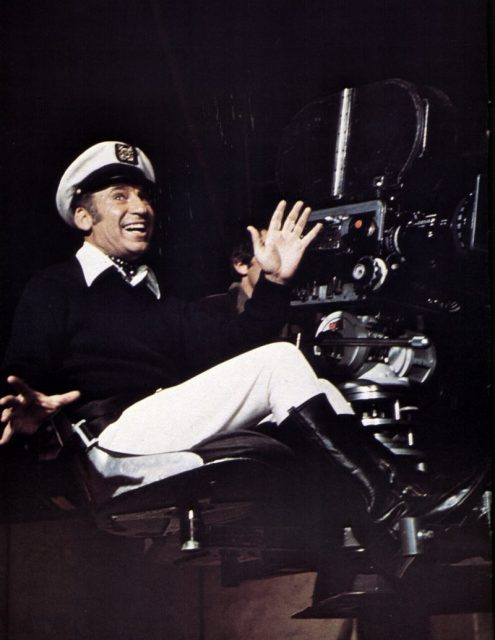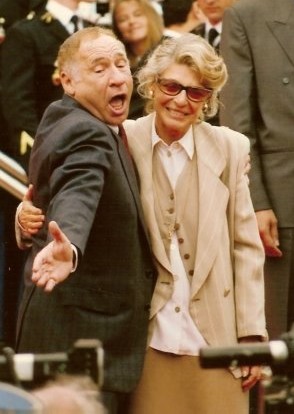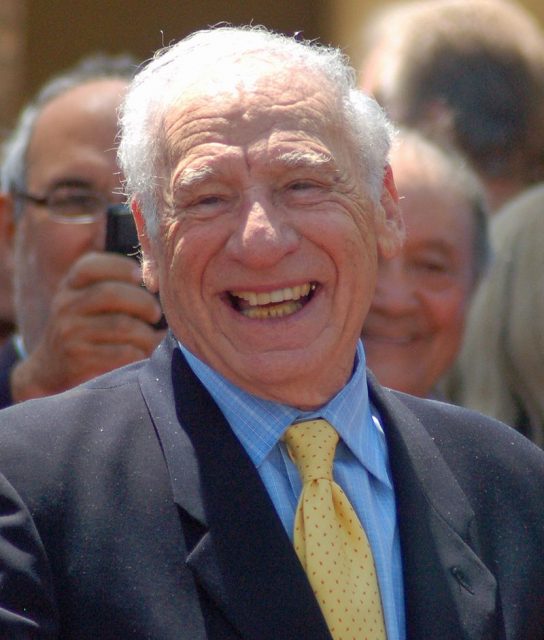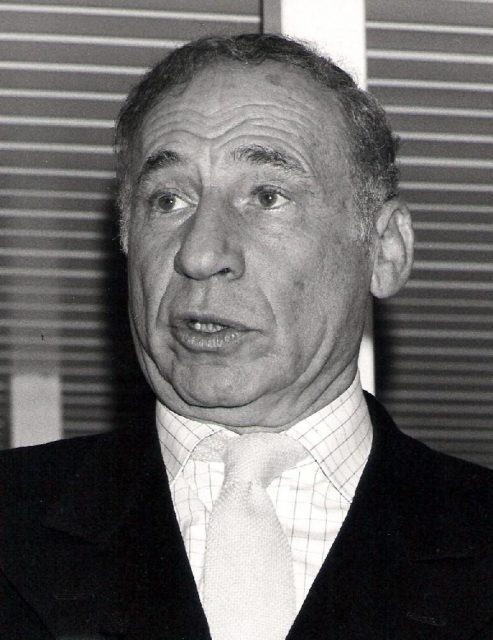Many people throughout the world have enjoyed the comedy gold that Mel Brooks brought to the silver screen.
From the parodies of older stories like Young Frankenstein, to epics like Spaceballs, Mel Brooks created a cadre of hilarious movies which, even though they are admittedly a little dated, are still enjoyed by many.

Mel Brooks defined much of comedy as a genre, his movies being the leading edge for their time, both for the hilarious performances by such names as Gene Wilder and even Mel Brooks himself, and the advanced themes he addressed in his works.
These movies were more than willing to push the envelope, never apologizing for over the top acting and ridiculous premises or for the risqué content that they often contained. But this isn’t a story about the exploits of Mel Brooks in cinema. This is a story about Mel Brooks during the Second World War.

The year is 1944, and Mel Brooks is known by a different name, Melvin Kaminsky. Melvin was an intelligent man who had been raised in poverty by a widowed mother in Brooklyn. Melvin had just graduated from high school at 17, and soon after, he enlisted with the U.S. Military.
Following his enlistment, he was given a battery of tests designed to figure out where he would fit in, and his intelligence score afforded him entrance into the Army Specialized Training Program (ASTP).

Most people probably don’t know what the ASTP was, and for good reason. The program was created out of a fear that the Second World War would last so long that the United States would run out of college-educated men such as doctors, engineers, and psychologists. During the course of the program, which only lasted a year before being shut down, the U.S. Military sent over 200,000 men to various colleges around the country.
On Pierce-Evans.org, the head of the program, Col. Herman Beukema, is quoted as saying “Soldiers first, students second.” The program included highly sped up courses at numerous colleges structured around a military schedule. This would make many colleges an Army Reserve Station overnight.

For Melvin Kaminsky this was a short-lived experience as he arrived in the program shortly before it shut down. Because of his intelligence scores and a basic amount of training in engineering, he was transferred to the 1104th Combat Engineers.
Quoted on the U.S. Army Corps of Engineers website, Mel Brooks later referred to this with his characteristic style saying, “I was a Combat Engineer. Isn’t that ridiculous? The two things I hate most in the world are combat and engineering.”

This group of Combat Engineers had been in service since the landings at Normandy and had been on the front lines building bridges, destroying enemy entrenchments, and clearing out enemy minefields. When Melvin arrived in Europe, he was assigned to be a spotter for artillery, but this would also be short-lived as he was transferred to the role of minesweeper.
Melvin’s time with the Engineers was spent moving ahead of the main front lines, deactivating mines and providing reconnaissance for battalions that were moving behind them. This provided the young Melvin with an unfiltered view of the war.

Multiple times throughout the Battle of the Bulge, which Melvin participated in, the 1104th was forced to fight as infantry, sustaining casualties and dealing with obstacles such as sniper fire and pillboxes. According to Melvin, however, this wasn’t the worst part.
Everyone is aware of Nazi anti-Semitism, and Melvin was Jewish. He often witnessed Jewish refugees fleeing from the Nazi death camps, and it obviously affected him. During his time on the frontlines, he dealt with a different part of the Nazi war machine, however: propaganda. The Nazis commonly blasted anti-Semitic propaganda over loudspeakers aimed towards the Combat Engineers.
Take a closer look at with this video:
https://youtu.be/QJ2dXZsjBwQ
As much death and horror as Melvin was dealing with, part of the comedian he would become would show through in his reaction to the propaganda of the Nazis. One day, he’d had enough and decided to build his own speaker system over which he played music such as Al Jolson, a popular Jewish singer of the time.
Even during one of the darkest times in history, the man who would go on to create numerous classics, including The Producers, hadn’t lost his sense of humor and fought anti-Semitism in a fairly unique way.
